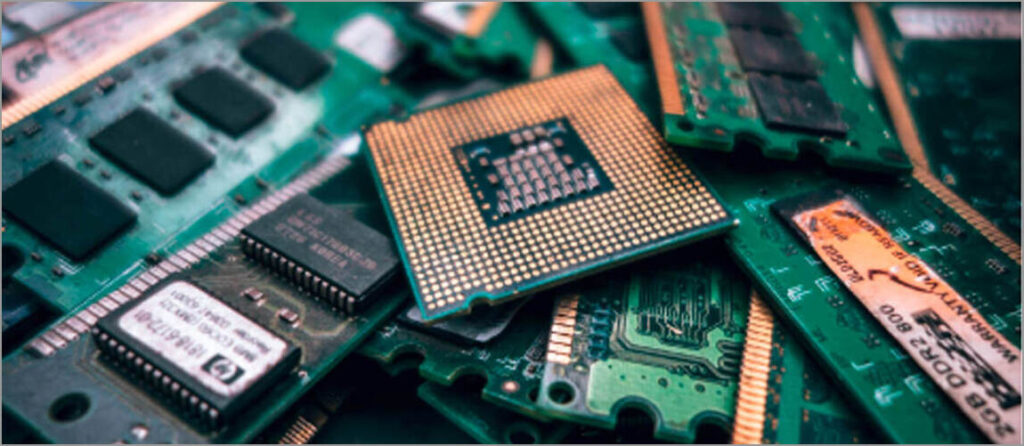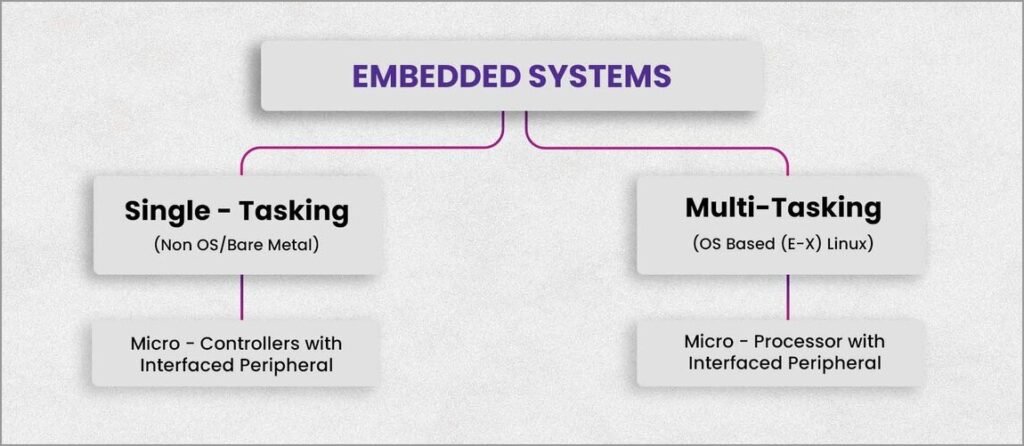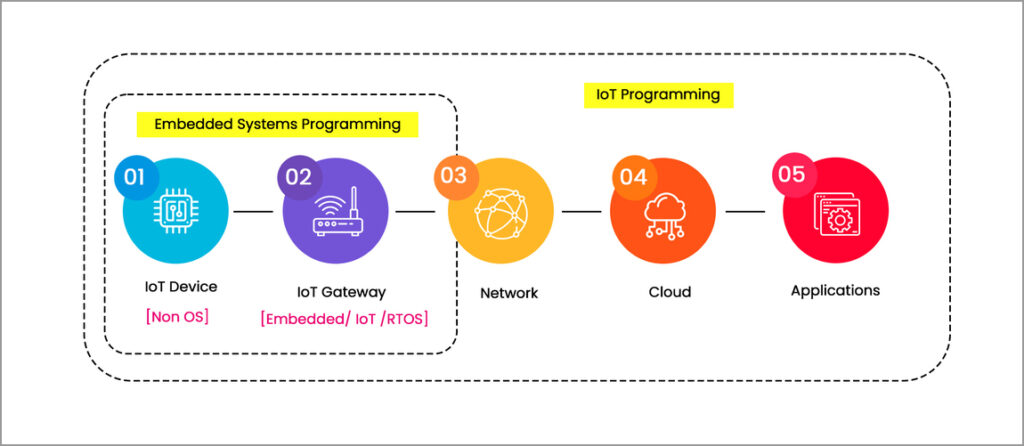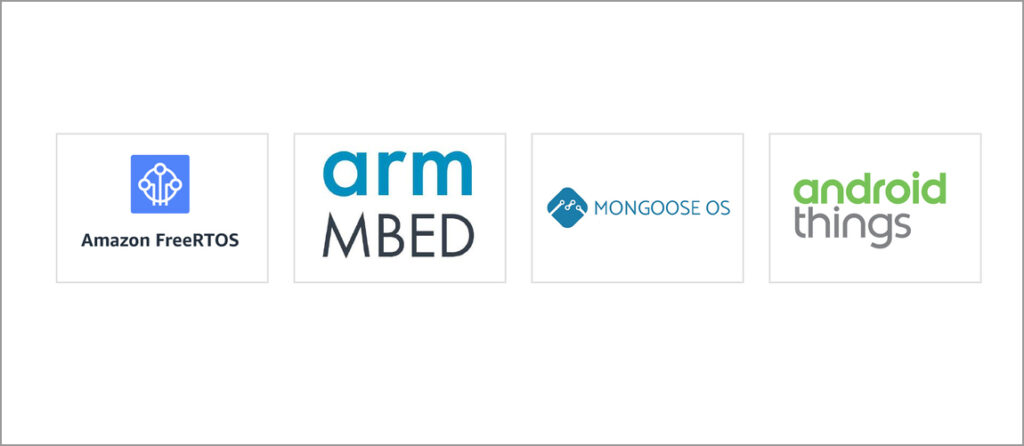Introduction
The world is now fully embracing the power of the Internet of Things (IoT). As consumers, we are surrounded by the Internet of Things, which has permeated various applications, including smart homes, smart industries, and even the agricultural sector. The IoT ecosystem continues to evolve, offering increasingly advanced and innovative solutions.
However, for engineers, there can often be confusion when distinguishing between Embedded System programming and IoT programming, given the vast nature of IoT. It’s like navigating a complex puzzle.
Let’s shed some light on this topic by gaining a clear understanding of the differences between Embedded Systems vs IoT
What is an Embedded System in IoT?
Let’s begin by understanding what Embedded Systems in IoT are!
While the traditional textbook definition may describe Embedded Systems as a combination of hardware and software performing a specific task, it’s essential to recognize that Embedded Systems have evolved significantly over time.
In the context of IoT, an Embedded System can be precisely defined as a fusion of customized hardware and customized software. Customized hardware involves the personalized design tailored to meet the specific requirements of your system within the realm of IoT.
Meanwhile, customized software, often referred to as Embedded Firmware, constitutes the software component that breathes life into the hardware. Developers conceive, write, and nurture the source code to create a program capable of delivering the desired functionality. This distinction becomes particularly pertinent when comparing Embedded Systems vs IoT, highlighting the nuanced differences between the two.

Compared to General Purpose System (GPS), Embedded Systems (ES) are constrained in terms of resources. This means it will have lesser computing power, memory and lesser peripherals compared to a General Purpose System (GPS). For example your laptop might have 4GB of RAM (which is a GPS) whereas your wearable device (ES) might hardly have 200 MB of RAM. This makes programming ES much different and challenging than GPS.
Let us take an example of mobile phones of a particular brand. They will release mobile phones in different models. Each of them will have a specific hardware specification (storage space, screen type, resolution, memory size, camera pixels etc…).
The software requirements (Version of OS say Android, Number of applications, Additional security features) purely depend on the hardware capability. What applies to model X will not be applicable for model Y, which exactly is nothing but the customized nature of Embedded System.
Embedded System - With and Without OS
Taking a step further, Embedded systems can be with or without an Operating System (OS) running in it. The devices that run those functions are elementary and the control which is not challenging are the embedded system without operating system.
For example, think about a simple temperature sensing device. The functionality of Embedded Software is very simple. It has to read the sensor data and display them in the output, say Seven Segment Display (SSD).
The programming logic and coding is very simple in nature with a single task / application running in the system. Hence this can be a system running without an OS. From a hardware perspective a simple micro-controller connected with peripheral devices would be sufficient for this.

On the contrary, take another example, say a home set-top box. This device has to do multiple tasks or applications in terms of streaming, storing, channel handling, subscription information, user information and many other things.
In order to achieve them an Operating System is required which can enable multi-tasking by managing resources efficiently. From a hardware perspective this will have more powerful microprocessors with peripheral devices with higher capacity.
These operating systems are typically called Embedded Operating Systems (EOS). Examples of EOS include Linux, Android and Symbian. If the nature of the application has a higher time constraint (ex: Robots) then the EOS requires additional features. Such operating systems are called Real Time Operating Systems (RTOS). Some of the examples of RTOS include FreeRTOS, Mbed OS and VxWorks.
Embedded System Programming
Now that we understand definition of Embedded System and OS, the next steps is about programming Embedded Systems.
In order to program an Embedded system two major aspects comes into picture. They are programming languages and target hardware. Let us look into them in detail.
When it comes to programming languages majority of the Embedded Systems are programmed using three languages:
- Assembly language: An assembly language is any low level programming language in which there is a strong coherence between the program’s statement and the architecture’s machine code.
- C programming language: C language is got a great acceptance for embedded systems. The C language is more reliable, scalable and portable and much easier to understand. It has got some unique set of features (ex: pointers) and provides the best optimized machine code. Because of such reasons it is called as “middle level language” used in most of the Embedded Systems.
- C++ programming language: C++ is a high level object oriented language that benefits programmers write fast, portable programs. C++ contributes rich library support in the form of Standard Template Library.
Now let us take a look into target hardware. As discussed in the previous section, the target hardware can or cannot have OS running on them. Some of the examples include:
- Non OS based hardware platform (Micro-controllers) – PIC, Atmel, 8086
- OS based hardware platforms (Micro-processors) – ARM, x86
Based on these family of controllers / processors, target hardware platforms are built. Some of the commonly used platforms are Arduino, Raspberry Pi, Beaglebone, UDOO and many more.
Typically developers will develop their prototype in these hardware and eventually move onto customized hardware for actual development and mass-production. These hardware platforms typically have support for Cross-compilers, Integrated Development Environment (IDE), Debuggers, Code profilers and many such facilities to make the development process faster and easier.
What is Internet of Things (IoT)
Let us now talk about IoT and understand how different it is from Embedded System programming.
IoT is a system of relevant computing devices that provide with unique identifier and the ability to transfer the data over a network. IoT is nothing but bringing things to life. A device is connected to internet and the usage of that device is made easy. It consist of five major elements which are called out in the diagram below.
Difference Between Embedded System Programming and IoT Programming
Here goes the answer or difference: Embedded system programming is subset of Internet of Things (IoT) programming. Let us take a practical view on this.

As you saw in the diagram above IoT consists of IoT devices, IoT gateway and many other elements. Where as IoT device and IoT gateway are the elementary components of IoT, which are nothing but an Embedded system.
The IoT device will be a lightweight device which will perform a specific functionality (ex: street light monitoring device). Since these devices are deployed in large scale it makes sense to keep them small and cost effective as well. Hence IoT devices are Embedded Systems without having OS running in it.

Moving further, IoT gateway (ex: gateway to monitor multiple street light monitoring devices) is more powerful device which connects / monitors multiple IoT devices and also connects them with the cloud. This requires IoT device to run an Operating System in it.
These are EOS or RTOS as explained in the previous section. To meet some of the IoT specific requirements (ex: security) OS providers are making changes and releasing a flavour to meet IoT needs. Android Things, Amazon FreeRTOS, RIOT OS are some of the examples of IoT specific OS.
From programming perspective both IoT device and IoT gateway will follow the same approach as mentioned above for Embedded Systems. It will use any programming language (Assembly / C / C++) with a target platform and program the required functionality. By doing this both IoT device and IoT gateway can achieve the desired functionality.
Along with this Embedded System developer need to learn how to integrate IoT gateway into the cloud via TCP/IP networking platform. By this the role of Embedded developer is not only to have a product view but also have a solution view by integrating his devices and gateway in order to make an end-to-end IoT use case work.
Conclusion
IoT represents a significant paradigm that endeavors to seamlessly integrate multiple components. Embedded systems play a pivotal role within the broader IoT ecosystem, encompassing two key components: IoT devices and IoT gateways. Notably, Embedded Systems in IoT are integral to understanding the distinctions between Embedded Systems vs IoT.
IoT devices, smaller and specialized, typically operate without an underlying OS. Conversely, IoT gateways, larger and more versatile, are equipped with OS options such as Embedded OS, IoT OS, or RTOS. This Embedded Systems in IoT landscape underscores how Embedded programming seamlessly becomes a part of IoT programming.
From an embedded system developer’s perspective, programming IoT devices or IoT gateways remains consistent. Developers leverage programming languages like C and target platforms to create these components. However, it’s crucial to acknowledge that the role of Embedded Systems in IoT has expanded significantly. Embedded system developers not only develop the devices (product view) but also integrate them into the cloud (solution view) to establish an end-to-end IoT solution.
This transition highlights how Embedded Systems in IoT are shaping the evolution from being solely product developers to becoming solution developers. The distinctions between Embedded Systems vs IoT are becoming increasingly blurred in this transformative landscape.
| SN | Related Blogs | Links |
|---|---|---|
| 1. | The Future Scope of Embedded Systems : Trends and Predictions | Click Here |
| 2. | What are the Best Courses in IoT Programming | Click Here |
| 3. | How Embedded Programming Is changing Due to IoT | Click Here |
People Also Ask(PAA)
Yes, an Embedded System can be a part of an IoT device. In an IoT context, an Embedded System serves as the hardware component that enables connectivity and interacts with other devices or systems through the Internet.
Both domains support a range of programming languages. Embedded Systems commonly use languages like C and C++, while IoT Programming often utilizes languages like JavaScript, Python, and Java. The choice of language depends on the specific requirements, hardware constraints, and software frameworks used in each context.
Embedded Systems often focus on real-time control and perform localized data processing. In IoT Programming, data plays a central role as it is collected from multiple devices, processed, and analyzed on a larger scale to extract meaningful insights and enable intelligent decision-making.